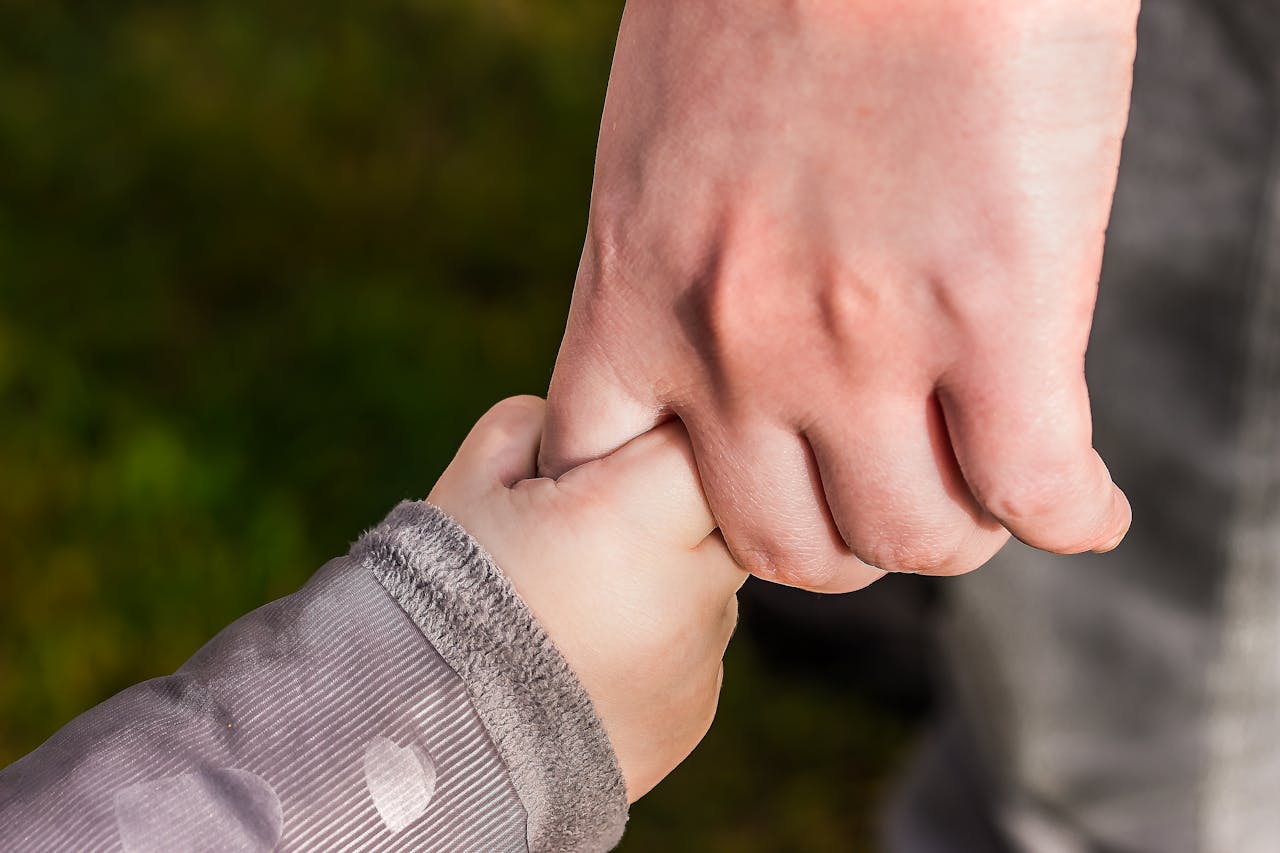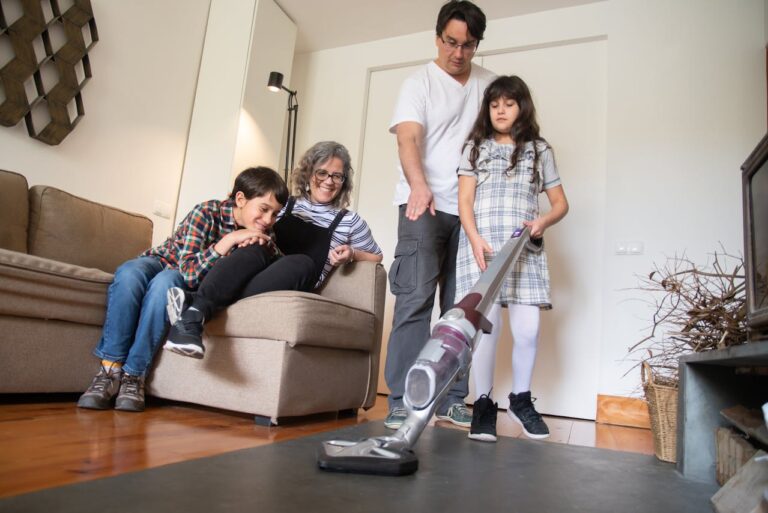How to Set Up a Family Emergency Plan: Simple Steps for Keeping Everyone Safe
When it comes to keeping your family safe during unexpected emergencies, having a solid plan is essential. Knowing how to set up a family emergency plan can make all the difference in ensuring everyone knows what to do in a crisis. Creating a strategy that addresses communication, safety, and resources will give you peace of mind.
With some straightforward steps, you can create a plan that fits your family’s unique needs. Taking the time to prepare now will help you be ready for anything life throws your way. Whether it’s a natural disaster or a personal emergency, being prepared lets you focus on what matters most: your loved ones.
Discuss Potential Emergencies with Your Family

Start by gathering your family together to talk about potential emergencies. Make it a casual chat, so everyone feels comfortable sharing their thoughts.
Discuss various scenarios, like natural disasters, fires, or even health emergencies. This helps everyone understand the importance of being prepared.
Encourage your family members to express their concerns and ideas. This collaboration makes it a team effort.
You can also use real-life examples to illustrate different risks in your area. It’s a good way to emphasize why planning is crucial.
Make sure everyone knows their role and what to do in different situations. Clear communication sets the foundation for a solid emergency plan.
Create a List of Emergency Contacts
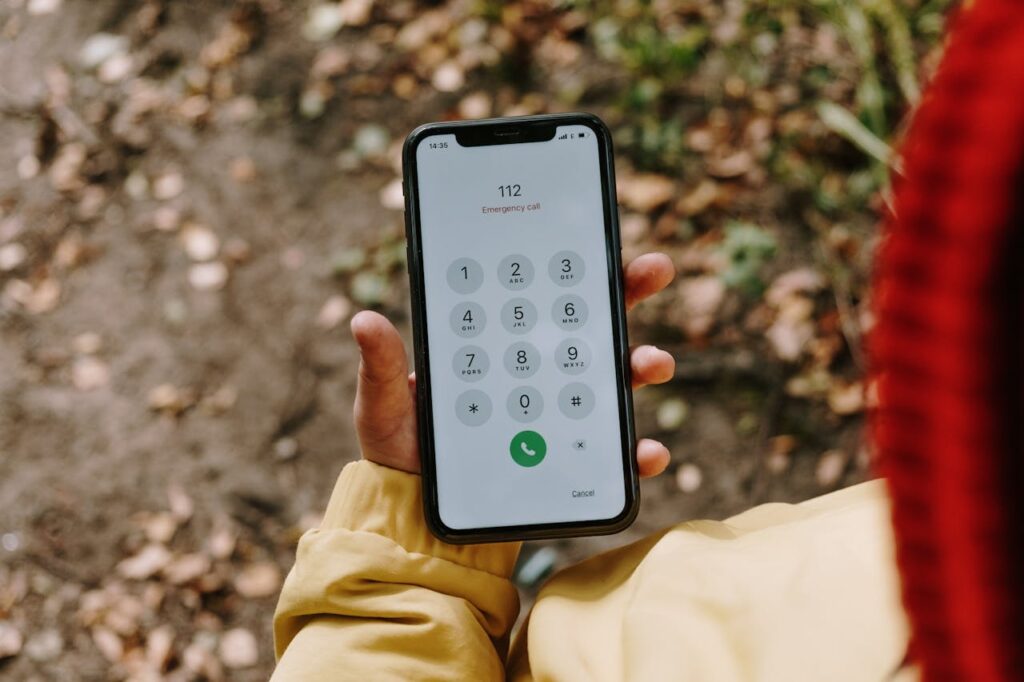
Start by gathering important contact information for your family and friends. Make a list of names, phone numbers, and addresses.
Include at least one primary emergency contact outside your household. This person can help coordinate communication if needed.
You might also want to add local emergency services, such as police and fire departments. Finally, save these contacts in your phone labeled “ICE” (In Case of Emergency) for quick access.
Choose a Family Meeting Spot
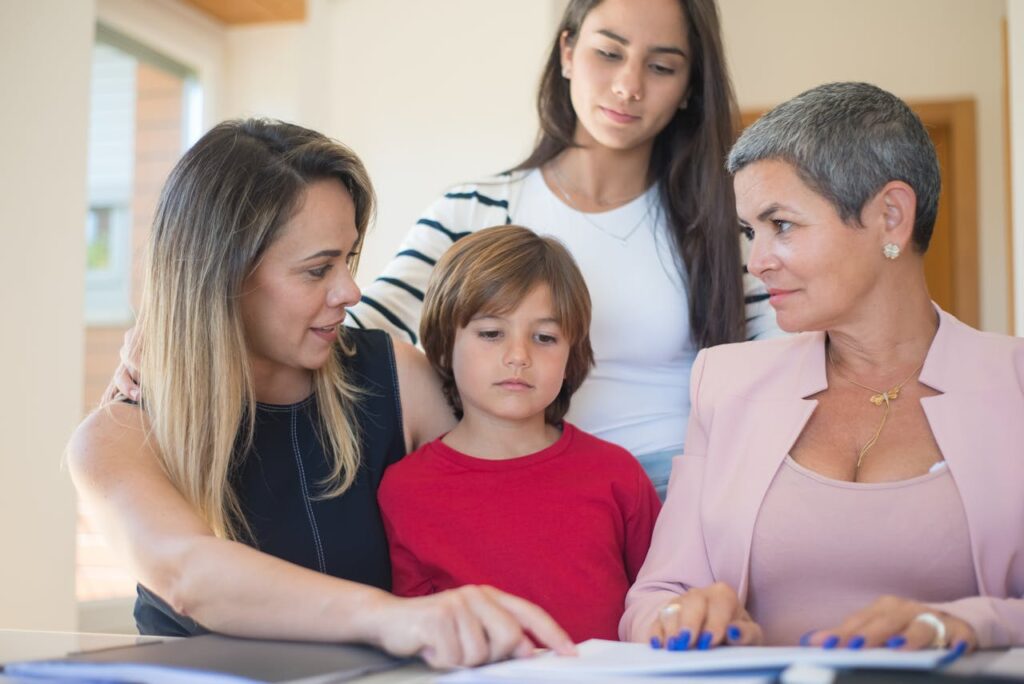
Picking a family meeting spot is important in case of an emergency. Choose places that are easy to remember and accessible for everyone.
Select one spot close to home where everyone can quickly get to. This could be your neighbor’s house or a nearby park.
Next, choose a second spot farther away. This location should be somewhere safe, like a school or community center.
Make sure everyone in the family knows both locations. Practice going to these spots together so everyone feels comfortable and knows the plan.
Assemble a Comprehensive Emergency Kit
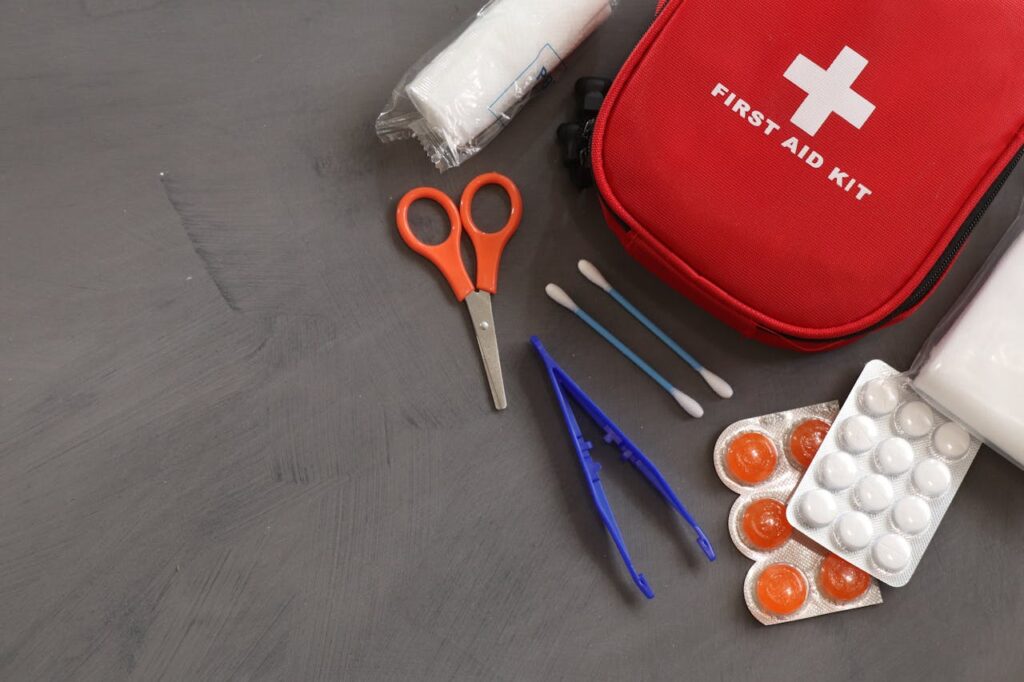
Start by gathering essential items that you and your family will need in an emergency. Focus on water, food, and medical supplies.
You should have at least one gallon of water per person for three days. Pack non-perishable food items like canned goods and granola bars to last at least that long too.
Don’t forget medications and a first aid kit. Include flashlights, batteries, and a battery-powered radio to stay informed.
Personal items matter, too. Add a family picture, important documents, and any comfort items for kids, like toys or games.
Regularly check and update your kit. Make sure food and water don’t expire, and adjust based on your family’s needs.
Practice Evacuation Drills Regularly

Practicing evacuation drills is key to keeping your family prepared for emergencies. Aim to do this at least twice a year.
Gather everyone and walk through your escape routes. Make sure each person knows where to go and what to grab in a real emergency, like your emergency kit.
Keep it realistic by timing the drills. This helps everyone understand how quickly they need to act. Review what went well and what could be improved after each drill.
By making this a regular habit, you help ensure your family stays calm and knows exactly what to do when it matters most.
Identify Safe Spots in Your Home

Start by thinking about your home layout. Identify areas that offer protection during specific emergencies. For example, a basement or an interior room can serve as a safe spot during severe weather.
Next, ensure your safe spaces are away from windows. This helps protect you from flying debris.
Also, think about where to store emergency kits. Keep them nearby so you can grab them quickly if needed.
Finally, make sure all family members know these locations and what to do in an emergency. Regularly revisit these spots to keep everyone informed.
Ensure Every Family Member Knows How to Contact Emergency Services
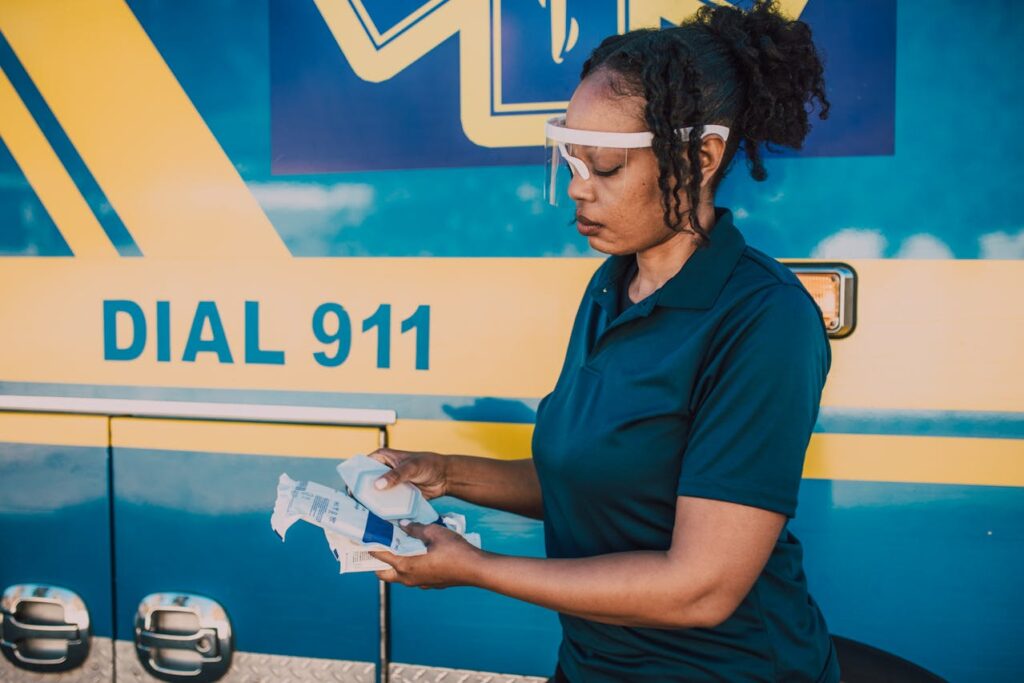
Make sure each family member understands how to call emergency services. Teach them the local emergency number, which is often 911 in the U.S.
Discuss when to call, such as for fires, medical emergencies, or unsafe situations. Practice what to say when they get through—being calm and clear helps a lot.
It’s also useful for everyone to keep emergency contact information handy. This can include important phone numbers written down or saved in a mobile device.
Consider role-playing different scenarios to build confidence. The more prepared everyone feels, the better they can handle real emergencies.
Set up a communication plan

Creating a communication plan is a key part of your family emergency plan. Start by gathering contact information for all family members, close friends, and neighbors.
Make sure everyone has a copy of this information. You might want to keep it in a wallet or on your phone.
Decide on a meeting place where everyone can go if you’re separated. Choose a location that’s easy to find and can be reached safely.
Also, consider how you’ll communicate if phones aren’t working. Texting often works better than calling during emergencies.
Finally, practice your plan regularly to ensure everyone knows what to do when it counts.
Make Copies of Important Documents
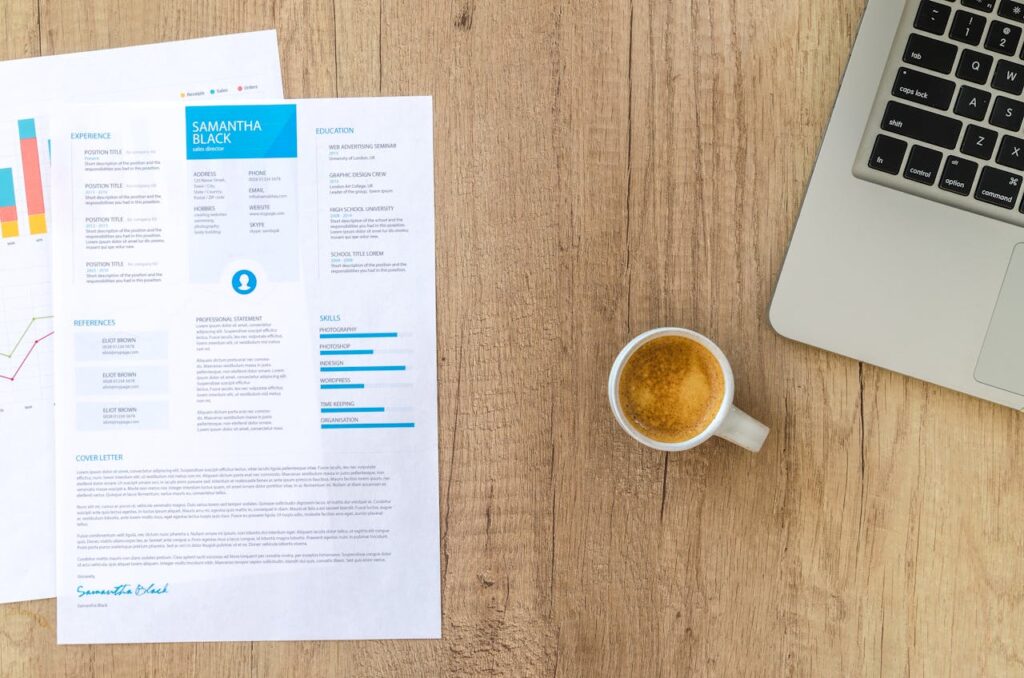
Making copies of important documents is essential for your family emergency plan. Gather documents like identification cards, passports, insurance policies, and medical records.
Once you have these documents, create both physical and digital copies. Store physical copies in a secure location, like a safe.
For digital copies, consider using cloud storage or an encrypted USB drive. This way, you can access them from anywhere if needed.
Ensure all family members know where to find these documents. Regularly review and update copies as needed, especially before any major events or changes.
Take into account special needs of family members
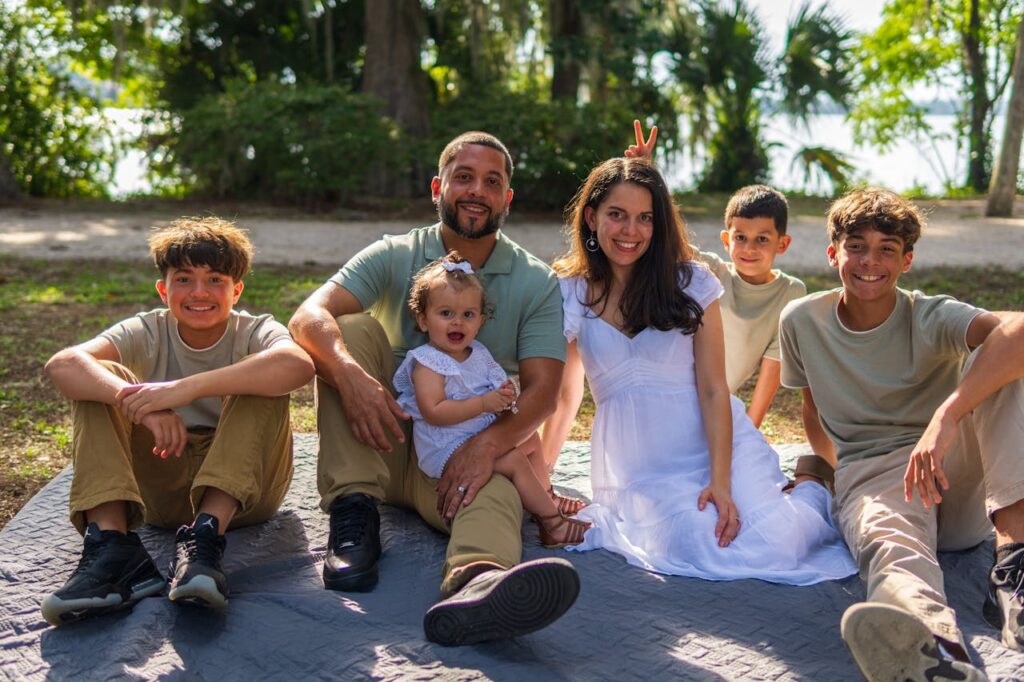
When setting up your family emergency plan, consider any special needs your family members might have. This includes children, elderly relatives, or individuals with disabilities.
Make sure to address medications that need to be taken regularly. Keep an extra supply in your emergency kit along with any necessary medical equipment.
Think about mobility issues as well. Identify safe transportation options and ensure that everyone knows where to go during an emergency.
Lastly, talk to each family member about their concerns or preferences. Their input can help create a plan that keeps everyone comfortable and informed.

